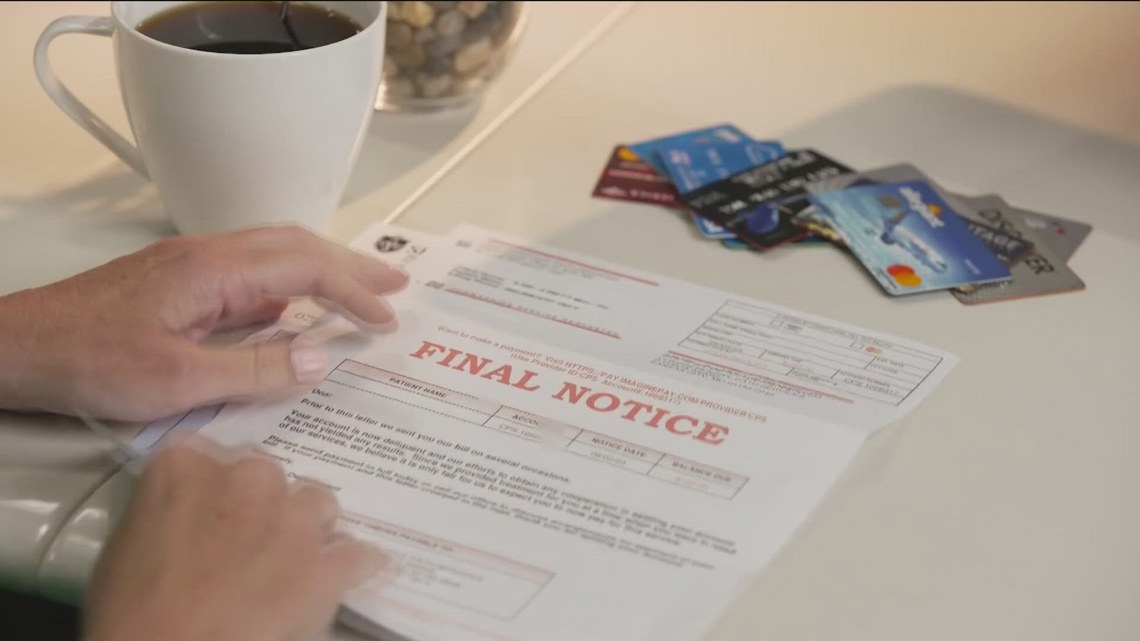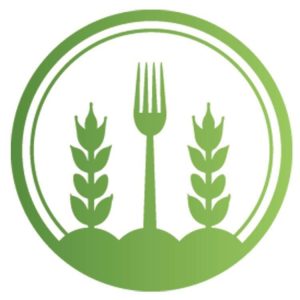DANR Proposes Reissuance of Water Pollution Control Permits for Concentrated Animal Feeding Operations – Tri-State Livestock News

Report on Proposed Reissuance of CAFO Water Pollution Control Permits in South Dakota
Alignment with Sustainable Development Goals (SDGs)
The South Dakota Department of Agriculture and Natural Resources (DANR) has proposed the reissuance of general surface water pollution control permits for Concentrated Animal Feeding Operations (CAFOs). This initiative is a critical measure for advancing several United Nations Sustainable Development Goals (SDGs) by ensuring that agricultural production is environmentally sustainable.
- SDG 6: Clean Water and Sanitation: The primary objective of the permits is to protect surface water quality from manure and process wastewater, directly contributing to Target 6.3, which aims to improve water quality by reducing pollution.
- SDG 12: Responsible Consumption and Production: By regulating waste management from CAFOs, these permits promote sustainable production patterns within the agricultural sector, aligning with Target 12.4 on the environmentally sound management of wastes.
- SDG 14 & 15: Life Below Water and Life on Land: Preventing contaminated runoff protects aquatic ecosystems from eutrophication and safeguards terrestrial biodiversity from pollution, supporting the conservation goals of SDG 14 and SDG 15.
Overview of Proposed General Permits
The proposal includes two distinct general permits designed to regulate CAFOs and associated facilities, ensuring compliance with both state and federal environmental standards in support of SDG 6.
- State General Permit: Issued under state authority with a 10-year term, this permit prohibits discharges of manure or process wastewater to state waters, with an exception for agricultural stormwater. This provides a long-term framework for local water resource protection.
- NPDES General Permit: A 5-year permit issued under the federal National Pollutant Discharge Elimination System (NPDES). It applies to CAFOs and facilities processing manure, such as digesters. It enforces stringent controls, allowing discharges only under exceptional circumstances, such as a 25-year, 24-hour storm event, provided the facility maintains full permit compliance.
Key Revisions to Enhance Environmental Protection and Regulatory Efficiency
The proposed updates aim to strengthen the permits’ effectiveness in achieving water quality objectives and streamline their administration. These revisions support a more robust framework for sustainable agriculture.
- Extending the state permit length to 10 years to provide long-term regulatory certainty.
- Including manure processing and storage operations in the NPDES permit to ensure comprehensive oversight of waste streams, a key component of SDG 12.
- Adding and updating definitions for clarity and consistent enforcement.
- Aligning state permit application procedures with those in the NPDES permit for greater efficiency.
- Establishing clear permit termination criteria for operations no longer requiring a permit.
- Limiting the volume of off-site waste transferred to CAFOs to better manage nutrient loading.
- Updating discharge monitoring and reporting requirements to improve data quality and transparency, which is essential for tracking progress toward SDG 6.
- Updating engineering standards for design, construction, and operation to ensure infrastructure resilience against pollution events.
- Incorporating South Dakota State University’s June 2023 Fertilizer Recommendations Guide to promote science-based nutrient management, reducing excess runoff and supporting SDG 15.
- Moving electronic links to a centralized website for improved accessibility.
- Requiring electronic reporting when available to modernize and streamline compliance verification.
Public Engagement and Further Information
Information regarding the proposed permits and opportunities for public participation in the review process is available on the DANR website at http://danr.sd.gov/public.
Analysis of Sustainable Development Goals in the Article
1. Which SDGs are addressed or connected to the issues highlighted in the article?
-
SDG 6: Clean Water and Sanitation
This is the most direct SDG addressed. The article’s central theme is the reissuance of “general surface water pollution control permits for concentrated animal feeding operations (CAFOs)” with the explicit goal to “protect surface water quality.”
-
SDG 2: Zero Hunger
The article discusses CAFOs, which are a key part of modern food production systems. By regulating these operations to be more environmentally friendly, the article touches upon the need for sustainable agriculture, which is a component of achieving Zero Hunger.
-
SDG 12: Responsible Consumption and Production
The regulations focus on the management of waste (“manure and process wastewater”) generated by production activities. This aligns with SDG 12’s goal of ensuring sustainable consumption and production patterns, specifically through the environmentally sound management of waste.
-
SDG 15: Life on Land
By aiming to protect surface water from pollution, the permits indirectly contribute to the protection of freshwater ecosystems and the biodiversity they support, which is a core component of SDG 15.
-
SDG 16: Peace, Justice and Strong Institutions
The article describes the actions of a government body, the “South Dakota Department of Agriculture and Natural Resources,” in creating and enforcing regulations. The mention of a “public review process” highlights the principles of transparent and accountable institutions.
2. What specific targets under those SDGs can be identified based on the article’s content?
-
Target 6.3: By 2030, improve water quality by reducing pollution, eliminating dumping and minimizing release of hazardous chemicals and materials, halving the proportion of untreated wastewater and substantially increasing recycling and safe reuse globally.
- Explanation: The entire purpose of the permits discussed in the article is to “protect surface water quality by regulating how manure and process wastewater are managed.” The permits prohibit discharges except in rare, specified circumstances, directly addressing the reduction of pollution from agricultural sources.
-
Target 2.4: By 2030, ensure sustainable food production systems and implement resilient agricultural practices that increase productivity and production, that help maintain ecosystems… and that progressively improve land and soil quality.
- Explanation: The regulation of CAFOs is a measure to ensure that this form of food production is sustainable and helps “maintain ecosystems” by preventing water pollution. The incorporation of “SDSU’s June 2023 Fertilizer Recommendations Guide” also points towards implementing improved agricultural practices.
-
Target 12.4: By 2020, achieve the environmentally sound management of chemicals and all wastes throughout their life cycle… and significantly reduce their release to air, water and soil in order to minimize their adverse impacts on human health and the environment.
- Explanation: The permits are a legal mechanism for the “environmentally sound management” of manure and process wastewater (wastes). Key updates like “limiting the volume of off-site waste transferred to CAFOs” and updating “engineering standards” are direct actions to reduce the release of pollutants into the water.
-
Target 15.1: By 2020, ensure the conservation, restoration and sustainable use of terrestrial and inland freshwater ecosystems and their services, in particular forests, wetlands, mountains and drylands, in line with obligations under international agreements.
- Explanation: Protecting surface water from pollution is a fundamental step in ensuring the conservation and sustainable use of “inland freshwater ecosystems.” The permits are designed to prevent degradation of these ecosystems from agricultural runoff.
-
Target 16.6: Develop effective, accountable and transparent institutions at all levels.
- Explanation: The article showcases a state institution (South Dakota Department of Agriculture and Natural Resources) performing its regulatory function. The process of updating and reissuing permits, along with providing a public link to “participate in the public review process,” demonstrates an effort towards being an effective, accountable, and transparent institution.
3. Are there any indicators mentioned or implied in the article that can be used to measure progress towards the identified targets?
- For Target 6.3: The article explicitly mentions “updating discharge monitoring and reporting requirements” and requiring “electronic reporting when available.” This data on discharges serves as a direct indicator for measuring the level of water pollution from these sources and the effectiveness of the permits.
- For Target 12.4: The article implies indicators through its specific updates. Progress can be measured by tracking compliance with the new “engineering standards for design, construction, and operation” and the enforcement of limits on the “volume of off-site waste transferred to CAFOs.”
- For Target 16.6: The existence of the public review process itself is an indicator of institutional transparency. The number of permits reissued under the new, updated criteria can serve as an indicator of the institution’s effectiveness in implementing its policies.
4. Table of SDGs, Targets, and Indicators
| SDGs | Targets | Indicators (Implied or Mentioned in Article) |
|---|---|---|
| SDG 6: Clean Water and Sanitation | 6.3: Improve water quality by reducing pollution. | Data from the updated “discharge monitoring and reporting requirements.” |
| SDG 2: Zero Hunger | 2.4: Ensure sustainable food production systems and resilient agricultural practices. | Number of CAFOs operating under the new permits incorporating updated fertilizer guides. |
| SDG 12: Responsible Consumption and Production | 12.4: Achieve environmentally sound management of wastes. | Compliance with updated “engineering standards” and limits on “off-site waste.” |
| SDG 15: Life on Land | 15.1: Ensure the conservation and sustainable use of inland freshwater ecosystems. | Reduction in pollution incidents reported through monitoring, indicating protection of water bodies. |
| SDG 16: Peace, Justice and Strong Institutions | 16.6: Develop effective, accountable and transparent institutions. | The act of reissuing permits and the provision of a “public review process.” |
Source: tsln.com
What is Your Reaction?
 Like
0
Like
0
 Dislike
0
Dislike
0
 Love
0
Love
0
 Funny
0
Funny
0
 Angry
0
Angry
0
 Sad
0
Sad
0
 Wow
0
Wow
0

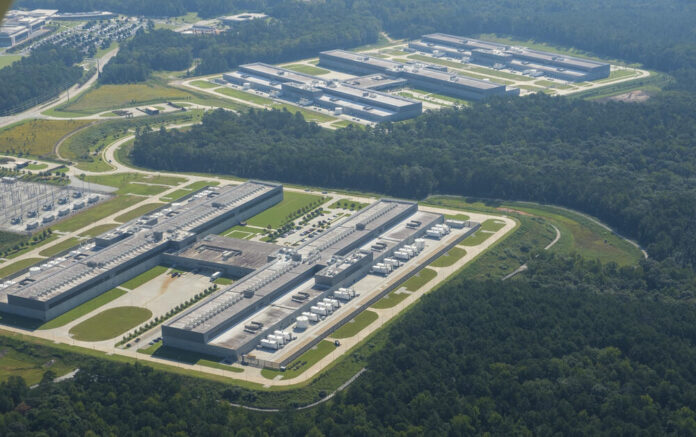
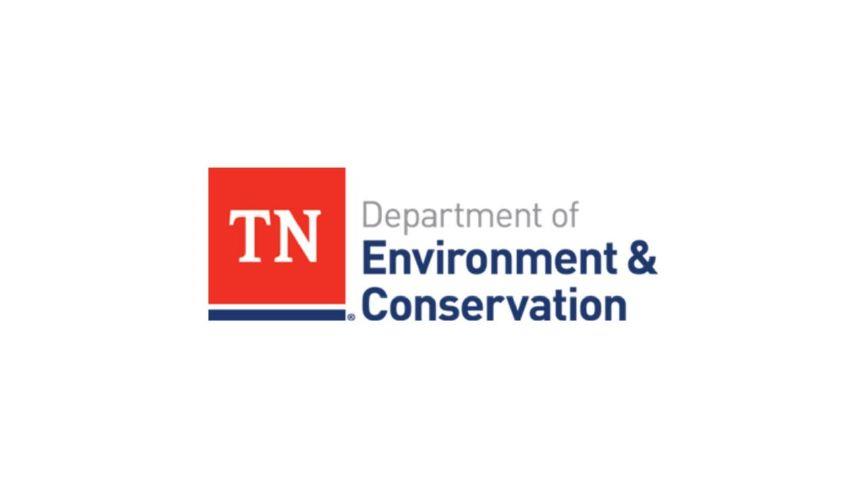






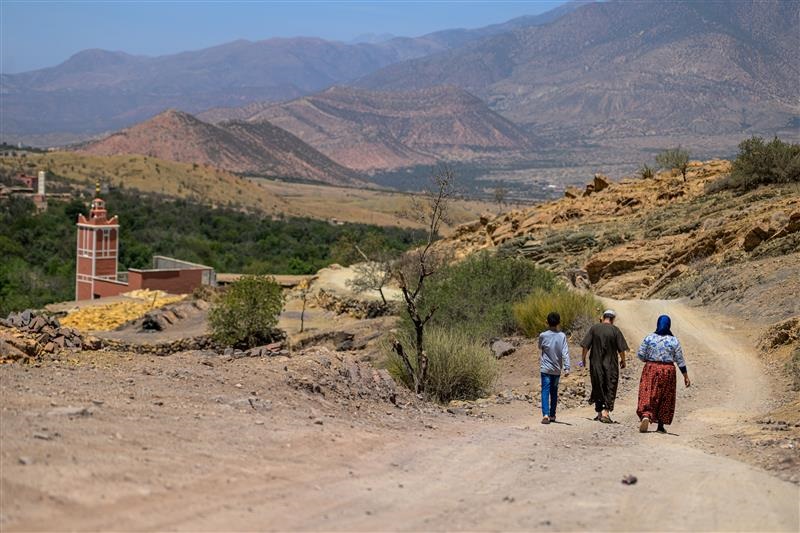







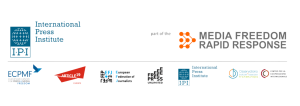









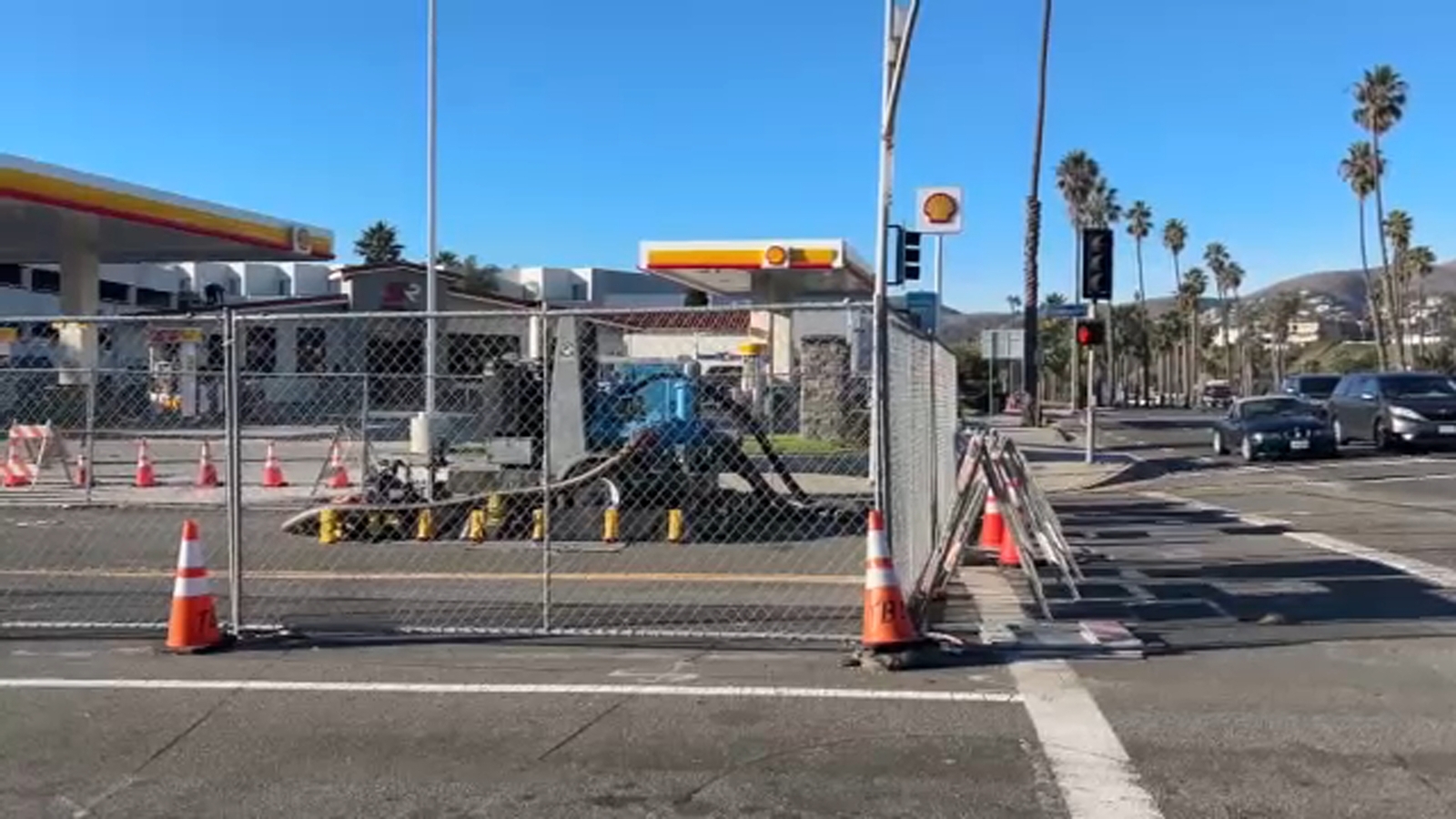













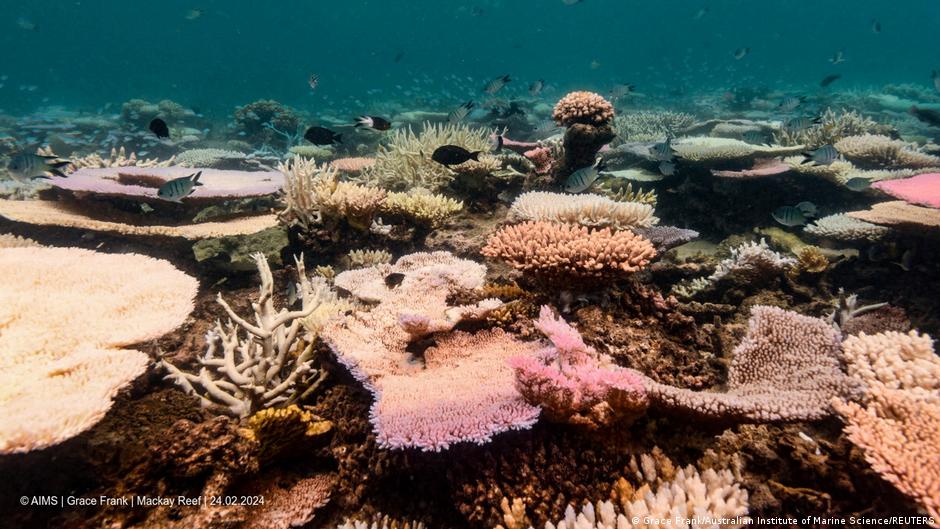

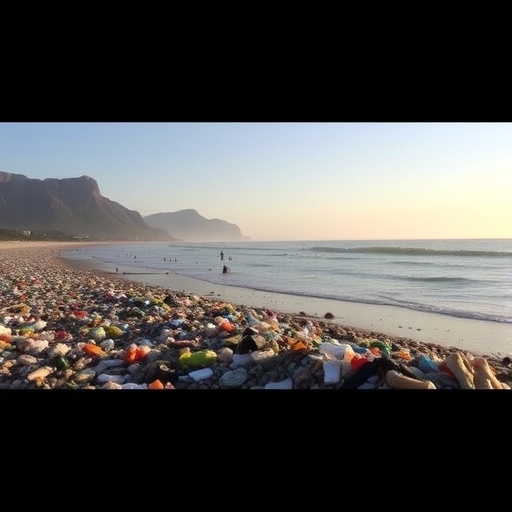



![[Webinar] New California Employment Laws & Developments for 2026 – December 10th, 10:00 am – 11:30 am PT – JD Supra](https://jdsupra-static.s3.amazonaws.com/profile-images/og.16077_5211.png?#)


